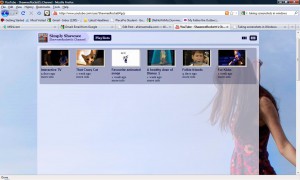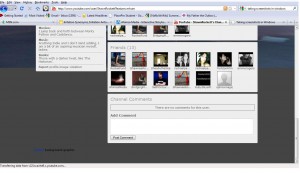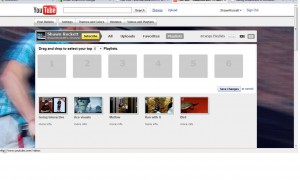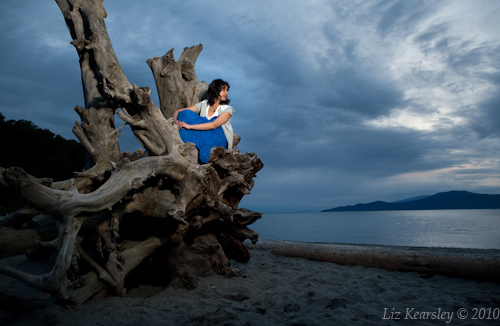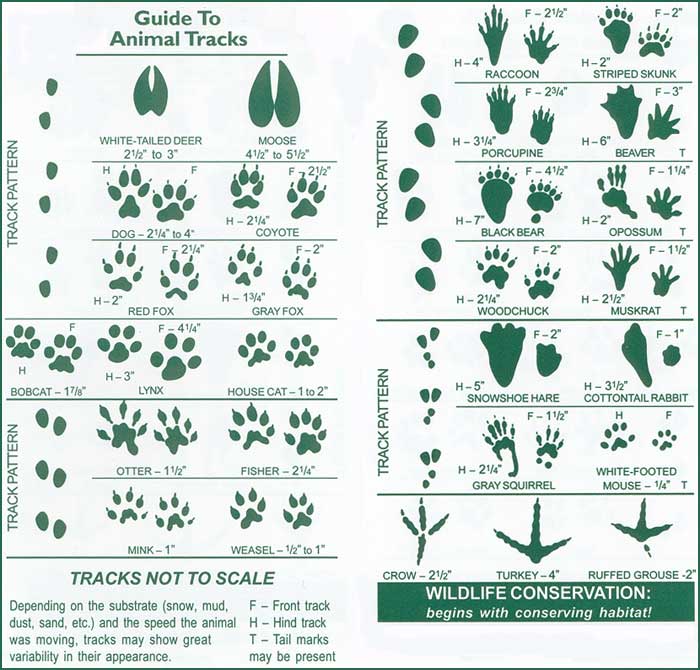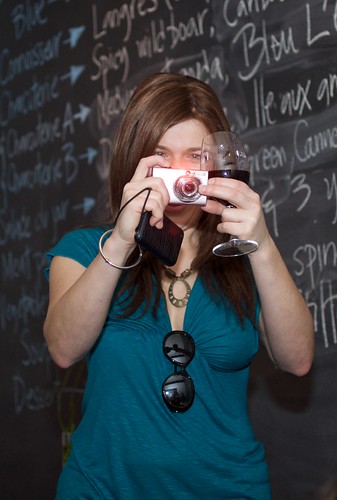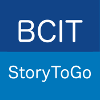Ahimsa Media is comprised of a cast of interesting characters, so it isn’t a stretch for us to develop a new plethora of personalities – online characters that is. Our inaugural lady was Emme Rogers, and since then character development has become a creative niche for us. Amazing how it helps us to deal with all our own multiple personalities by creating characters online from novels, movies and television series; in addition to those for non-profits and businesses. Incredible how liberating it can be for an organization to have a voice that can have fun, and doesn’t have to wear a tie or an uncomfortable set of heels.
Our latest delve into character creation has been with the Shaw Rocket Fund. They are already known throughout Canada as a champion and funder of children’s, youth and family television programs. However, much of their exceptional research into youth, media and technology was unknown. This year also saw changes in their annual Rocket Prize judging to include any entry’s digital content, in addition to the TV show. This set the stage for the Fund themselves to enter the digital space and begin participating in both interactivity and convergence. Enter Shawn and Shawnee Rockett.
We built this delectable duo and have raised them to the stage of passing the reigns back to the Shaw Rocket Fund, who will now guide the cousins on their future path. To accompany our new friends, we also introduced interactive feeds for the company itself. In a time when convergence is becoming a crucial key to industry success, the CMF creates an experimental funding stream and broadcasters are learning to navigate the digital space, character driven online narrative has helped place the Shaw Rocket Fund amongst some of today’s broadcast industry innovators. Despite still being only a few months old, the digital world is beginning to embrace Shawn and Shawnee. So here they are:
The Characters:
Shawn and Shawnee Rockett are cousins. They were both born a few years apart, but on the same day of the year, their great grandfather’s birthday – hence their names. They are both named after their Great Grandfather, Shawn Rockett. And yes, their pops, whom are brothers had a bit of a spat over this, but both are terribly stubborn and he was both of their favourite grandfather. The cousins, on the other hand, are the best of friends, and although they tease each other incessantly, they have gone into business together and love working together. Their company is a Canadian Production House focused on creating children’s and youth television.
Shawn Rockett
In his late twenties, Shawn is still young at heart, a personality trait often reflected his work where he focuses on youth programming. He loves his music, bickering with Shawnee and pushing life to the extreme. He considers himself a bit of a Casanova, much to Shawnee’s amusement. Shawn also loves being at the cutting edge of convergence and keeps an eye out for new and exciting technology.
Shawnee is a couple of years younger and places more focus on children’s and tween TV. She’s a lover of everything Disney, her cats and and is a bit of a giant kid at heart. She still loves to climb trees and splash in puddles in her bright red wellies. Quirky would definitely be the word for her. She loves her folk music. Yes, she still watches Saturday morning cartoons. She already is hooked online, chatting with other characters and youth programmers like Seth on Survival and Ruby Skye PI
We loved developing these two, and are sure the Shaw Rocket Fund will equally enjoy creating their voices…
…as for us onto the next character!





